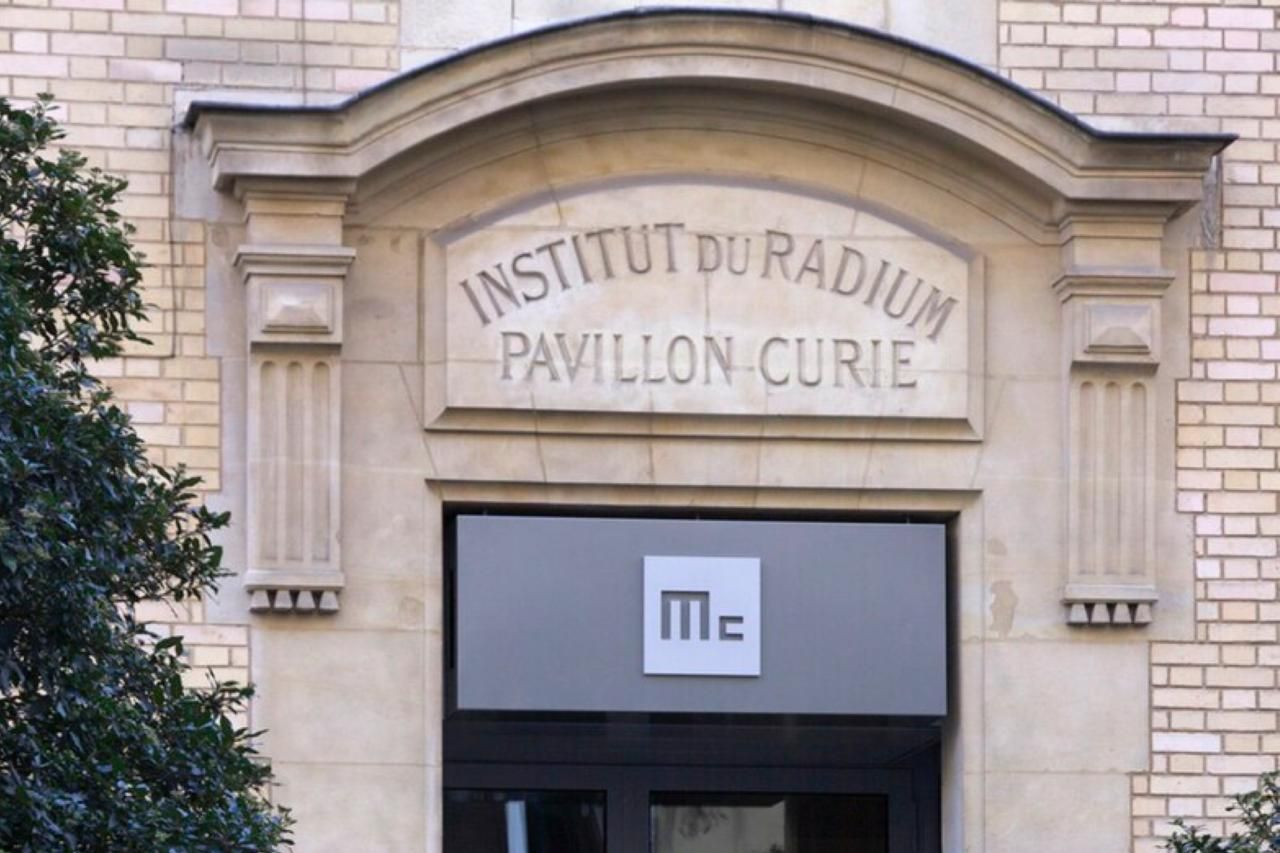
Following a controversy in early 2024, Marie Curie's historic laboratory in Paris will be protected as a historic monument, while the Pavillon des Sources, once under threat, will be preserved and incorporated into a future research facility.
Marie Curie's laboratory, located in the Curie Pavilion at the Institut Curie in the 5th arrondissement of Paris, "will be protected as a historic monument," announced the Ministry of Culture on Tuesday. This decision follows months of debates between advocates of scientific heritage and supporters of the modernization project led by the Institut Curie.
According to the statement, "the façades and the structure" of the Pavillon des Sources, another historic building on the site, will also be "preserved." This structure will be integrated into a future cancer research center, with construction costs covered by the Institut Curie.
A Controversy Over Marie Curie's Legacy
In early 2024, plans to demolish the Pavillon des Sources sparked significant controversy. Although modest in size, the building holds historical significance, particularly for its role in preserving Marie Curie's scientific legacy. Heritage advocates saw it as a symbol of French scientific excellence and the memory of the two-time Nobel Prize laureate.
In January, Rima Abdul Malak, then Minister of Culture, temporarily suspended the demolition project. A few weeks later, her successor, Rachida Dati, proposed a compromise to relocate the building a few meters to allow for the construction of a new research center. However, this solution faced strong criticism from several heritage and scientific associations, which demanded the pavilion remain in its original location.
A Solution Balancing Preservation and Modernization
After extended discussions, an agreement was finally reached in April between the government and the Institut Curie. It was decided that the Pavillon des Sources would remain at its original site and be integrated into a new building dedicated to research. This solution addresses both heritage preservation and the need for expanded infrastructure at the institute.
The Ministry of Culture emphasized that this decision "allows the preservation of an iconic site while supporting the scientific ambitions of the Institut Curie." The pavilion will be transformed into a cultural space for the Curie Museum, highlighting the legacy of the institute's two founders: physicist and chemist Marie Curie (1867–1934) and physician Claudius Regaud (1870–1940).
A Laboratory Central to Scientific History
Marie Curie's laboratory is a landmark in the history of science. It was here that Curie, the first woman to receive a Nobel Prize, continued her groundbreaking research on radioactivity, leaving a lasting mark on physics and chemistry. The eponymous institute she co-founded in 1920 with Claudius Regaud is now a global leader in cancer research.
The decision to classify this laboratory as a historic monument reinforces the importance of preserving Marie Curie's scientific and cultural legacy. Meanwhile, the Pavillon des Sources, a focal point of debates over modernization and conservation, exemplifies the need to balance memory and innovation.
By integrating these historic buildings into a contemporary project, the Institut Curie and the Ministry of Culture aim not only to safeguard Marie Curie's legacy but also to create a symbolic and educational space for the public. This effort highlights the essential dialogue between science and heritage, bridging past and future.
With AFP
Comments